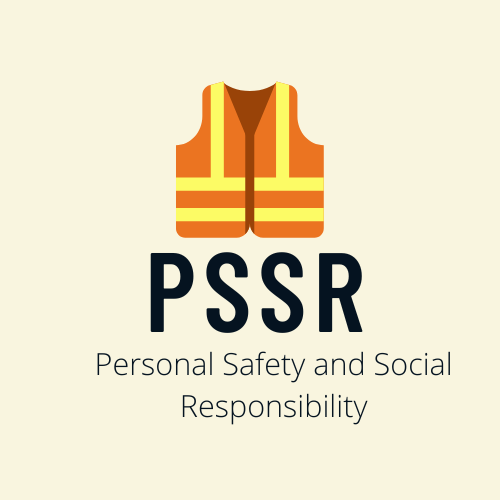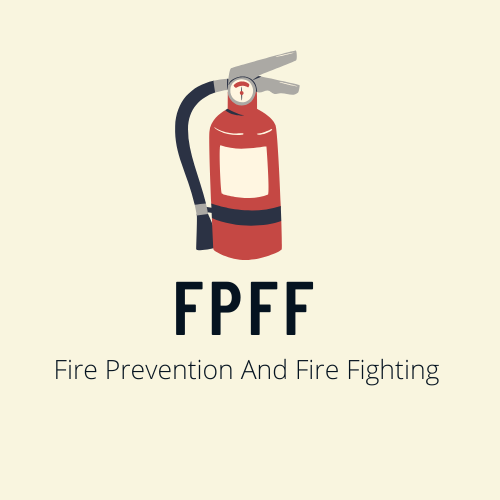This EFA exit exam questions and answer quiz
If you find any questions answer incorrect, please let us know by Clicking here
1. What kind of first aid should be given to a person with frostbite?
(c) Apply hand or body heat to the affected parts skin-to-skin. (e.g. frozen hand in person's opposite armpit)
2. What does the AMA recommend untrained bystanders do if they witness a cardiac emergency?
(a) Call for help but do not perform CPR
(b) Nothing
(c) Call for help and perform CPR
(d) Call for help and perform hands-only CPR
3. The ACTION of the drug refers to:
(a) The harmful effects
(b) The side effects
(c) The expected effects
(d)The method of administration
4. You find a person at the bottom of the stairs. He appears to have fallen and seems badly hurt. After sending someone for help, you would
(a) Roll the victim onto his stomach keeping the head and back in a straight line
(b) Roll the victim onto one side
(c) Position victim onto one side
5. What should you do for a diabetic person who acts confused or irritable?
(a) Call the doctor
(b) Give sugar to eat or drink
(c) Assist by giving a shot of insulin
(d) Wait to see if the person improves
6. Tetanus is a condition:
(a) That involves specific infection in the lower jaw
(b) That only occurs in the third world.
(c) That is caused by a virus
(d) That can be prevented by immunization
7. The human ear has two major special sensory functions: hearing (auditory) and equilibrium (balance). The three parts of the human ear are the external (outer) ear, the middle ear. and the internal (inner) ear.
a) True.
b) False.
8. What is the immediate step to be followed when tourniquet is applied?
a) Physicians help
b) Radio medical advice
c) First aid
d)Shock
9. The most critical
factor in defibrillation is:
a) The time from collapse to defibrillation
b) The skill of the AED responder
c) The patient's previous cardiac history
d) The type of defibrillator used
10. A girl is unconscious, she is heavily dressed and her skin is reddish, dry and hot. What should you do?
a) Call medical help, begin CPR
b) Call for help; loosen tight clothing check for breathing and pulse
c) Check for breathing and pulse. Call medical
help, get the girl out of the heat, loosen tight clothing, and cool her off any
way you can
d) None of the above
11. The secondary assessment of the patient consists of a head-to-toe examination and a check of the
a) Pressure points
b) Procedures for administering CPR
c) Manual stabilization of the head
d) Vital signs
12. Pelvic fracture can cause severe and even life-threatening bleeding in to the
a) Pelvic areas
b) Abdominal cavities
0 Large intestine
d) A&B
13. When performing infant CPR or rescue breathing, what kind of breaths should you give to avoid forcing air into the infants' stomach?
a) Hard and fast
b) Smooth and fast
c) Slowly and gently
d) Long and hard
14. How should you REACT to an emergency?
a) Assess the scene for safety
b) Estimate the number of victims, and call medical help
c) Get the first aid kit and put on personal protective equipment before helping.
d). All of the above
15. What should you do for a person with an object like a knife, stuck in their leg?
a) Rinse the wound with water, and apply antibiotic ointment and a sterile dressing.
b) Quickly remove the object and apply direct pressure to stop the bleeding
c) Always cut the object shorter to make it easier to transport the person
d) Call medical help, control bleeding, and stabilize the object in place
16. What is the CPR procedure for a six-year-old boy?
a) 15 compressions, 1 breath. 5 cycles in 1 minute
b) 15 compressions, 2 breaths, 4 cycles in 1 minute
c) 5 concessions. 1 breath, 12 cycles in 1 minute
d) 3 compressions, 1 breath, 20 cycles in 1 minute
17. Muscles are attached to the bones by:
a) Ligaments
b) Meninges
c) Cartilage
d) Tendons
18. When assessing the victim, you should remember to "look, listen and feel" for breathing
a) True.
b) False.
19. When performing CPR on a child you give
a) 4 slow breaths & 20 chest compressions
b) 1 slow breath & 5 chest compressions
c) 2 slow breaths & 10 chest compressions
d) 2 slow breaths & 15 chest compressions
20. A victim has a large piece of glass sticking out of her leg. You should
a) Leave the glass in her leg and control the bleeding
b) Call your local emergency phone number
c) Remove the glass and then control the bleeding
d) Both a and b
21. If someone gets diabetic shock, what do you do?
a) Drive the bus straight to the hospital
b) Ask him where his insulin is and give him a shot
c) Do not give him food or drink
d) Make him comfortable; give him a non-diet drink, candy, or something
with sugar in it
22. Hypovolemic shock results from
a) The body's reaction to a foreign protein
b) An overdose of insulin
c) Toxins produced by a severe infection
d) Decreased volume of blood
23. If Mouth - to - Mouth (M-T-M) ventilation by itself is unsuccessful and the casualty's heart stops, or has stopped beating, you must perform External Chest Compression (ECC) in conjunction with M-T-M. What is the complete rate when performing ECC?
a) Complete 15 compressions at the rate of 80 compressions per minute
b) Complete 20 compressions at the rate of 60 compressions per minute
c) Complete 25 compressions at the rate of 75 compressions per minute
d) Complete 10 compressions at the rate of 40 compressions per minute
24. To clear the victim’s airway, you should
a) Push chin down, tilt head back
b) Lift chin up, turn head to the left
c) Lift chin up, tilt head forward
d) Lift chin up, tilt head back
25. A blood-soaked dressing on the arm indicates that bleeding has not yet been controlled. You should know:
a) Remove the dressing and check the wound
b) Apply pressure to the femoral artery
c) Place a clean dressing on top and apply
more pressure
d) Apply a tourniquet
26. A rapid body survey should take no longer than
a)30 seconds
b)45seconds
c) 60 seconds
d) 90 seconds
27. When helping an unconscious choking victim, you would give an adult chest thrust. For an infant you would give back blows and chest
thrusts
a) 3.3.3
b) 5.3.3
c) 5.5.5
d) 3,5.5
28. Where is the carotid artery located?
a) Inside the wrist just above the hand.
b) On the neck to the right or left of the windpipe
c) Behind the kneecap
d) Inside the arm between the elbow and shoulder
29. A man is having a heart attack, he has medication with him, what should You do?
a) Give the medicine to him, placing it under the tongue. Call medical help
b) Assist him with the medicine. Call medical help, reassure him until help arrives
c) Call medical help, place medicine in mouth and begin CPR.
d) Have the victim lay down. Call medical help





